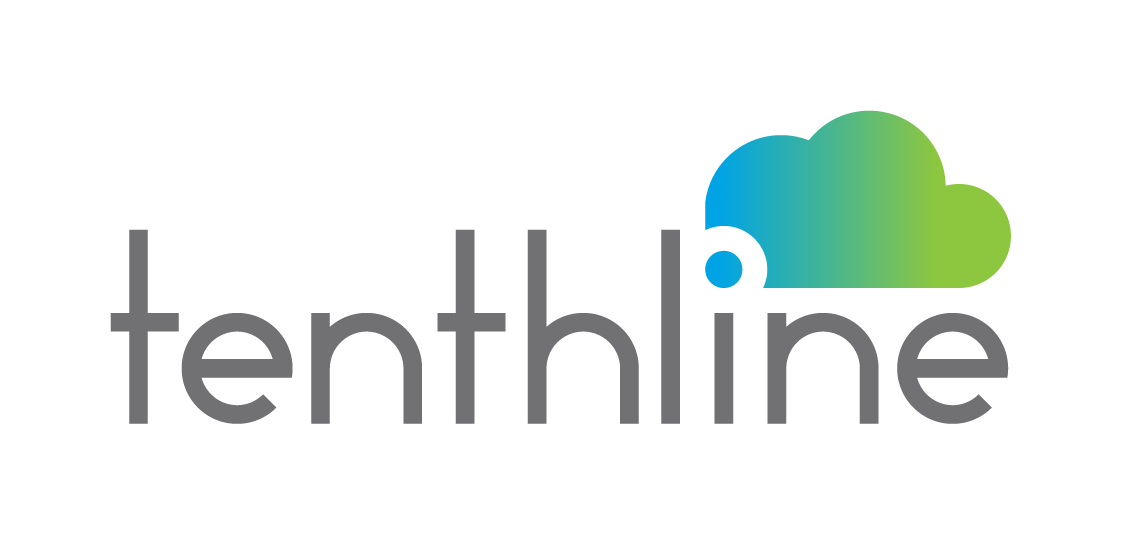The healthcare industry is one of the largest and most complex industries in the world. Healthcare providers are constantly faced with the challenge of managing large amounts of information and data, from patient records to insurance claims. Document capture and OCR services have emerged as a powerful tool to help healthcare organizations manage this data more efficiently and effectively. OCR (optical character recognition) technology is a software system that converts scanned images into machine-readable text. This article will provide an overview of document capture and OCR services in the healthcare industry, discuss use cases for OCR in healthcare, and analyze case studies that demonstrate the impact of OCR services on healthcare organizations.
Overview of Document Capture and OCR Services in the Healthcare Industry
Document capture and OCR services are used in the healthcare industry to manage a wide range of documents, including medical records, insurance claims, invoices, and other administrative documents. These services are designed to help healthcare organizations manage the vast amount of data that is generated on a daily basis. OCR technology is used to convert scanned images of documents into machine-readable text, making it possible to search, edit, and analyze the data contained within the documents.
Document capture and OCR services can be implemented in a variety of ways, depending on the needs of the healthcare organization. Some organizations choose to implement these services in-house, using their own scanning equipment and OCR software. Others choose to outsource the document capture and OCR process to a third-party provider.
Use Cases for OCR in Healthcare
OCR technology has a wide range of use cases in the healthcare industry. One of the most common use cases for OCR is in the management of medical records. Medical records are a critical component of healthcare delivery, providing important information about a patient’s medical history, current health status, and treatment plan. OCR technology can be used to digitize these records, making it easier for healthcare providers to access the information contained within them and to transfer records when needed.
Another common use case for OCR in healthcare is in the processing of insurance claims. Insurance claims processing can be a time-consuming and complex process, requiring healthcare providers to submit detailed information about each patient encounter. OCR technology can be used to automate this process, allowing insurance claims to be processed more quickly and accurately.
OCR technology can also be used to improve the accuracy of data entry in healthcare settings. By using OCR to scan and capture data from forms and other documents, healthcare providers can reduce the risk of errors caused by manual data entry.
Analysis of Case Studies Demonstrating the Impact of OCR Services on Healthcare Organizations
There are numerous case studies that demonstrate the impact of OCR services on healthcare organizations. One example is the use of OCR technology to digitize medical records in large hospital systems. By digitizing their records, hospitals were able to improve the accuracy and accessibility of patient information by integrating with the existing Electronic Health Record (EHR) system, leading to improved information retention and a reduction in the time required to retrieve medical records.
Another example is the use of OCR technology to automate insurance claims processing at a healthcare insurance company. By using OCR to automate this process, insurance companies report being able to reduce the time required to process claims by up to 90%. This led to a significant reduction in costs and improved customer satisfaction.
Document capture and OCR services are revolutionizing the healthcare industry by providing healthcare organizations with a powerful tool to manage the vast amount of data generated on a daily basis. OCR technology is being used to improve the accuracy and accessibility of medical records, automate insurance claims processing, and reduce the risk of errors caused by manual data entry. The impact of OCR services on healthcare organizations is clear, with numerous case studies demonstrating the benefits of implementing these services. As healthcare providers continue to face the challenge of managing large amounts of data, document capture and OCR services will continue to play an important role in improving the efficiency and effectiveness of healthcare delivery.


Leave A Comment